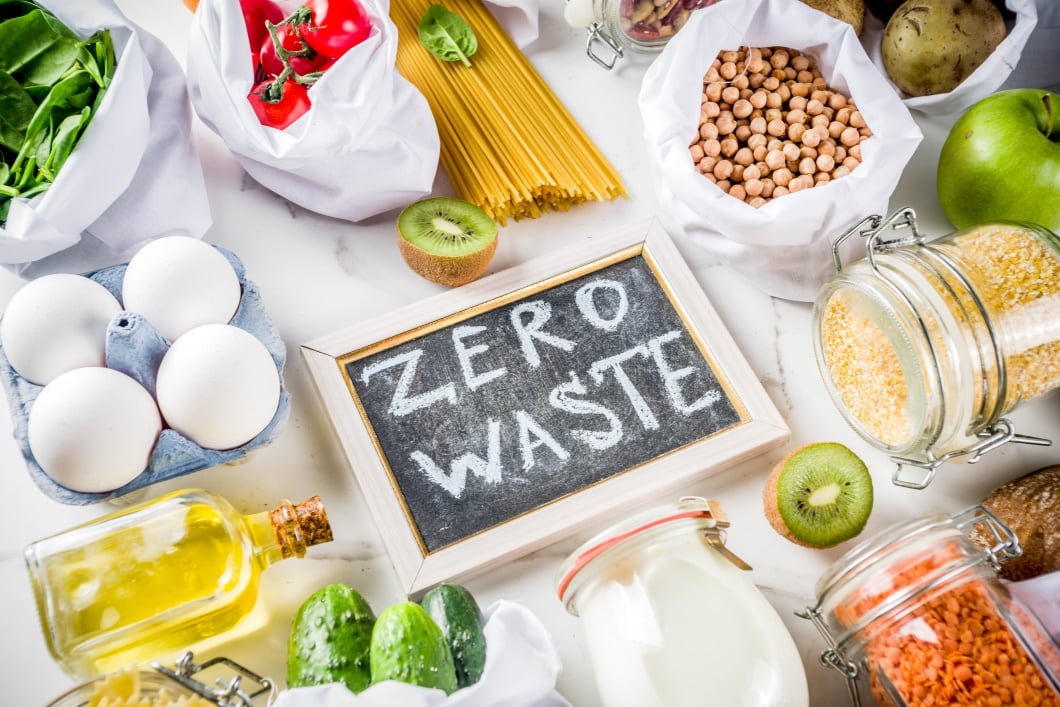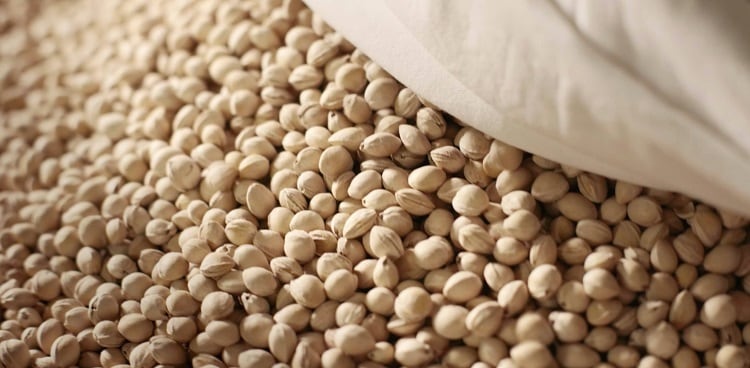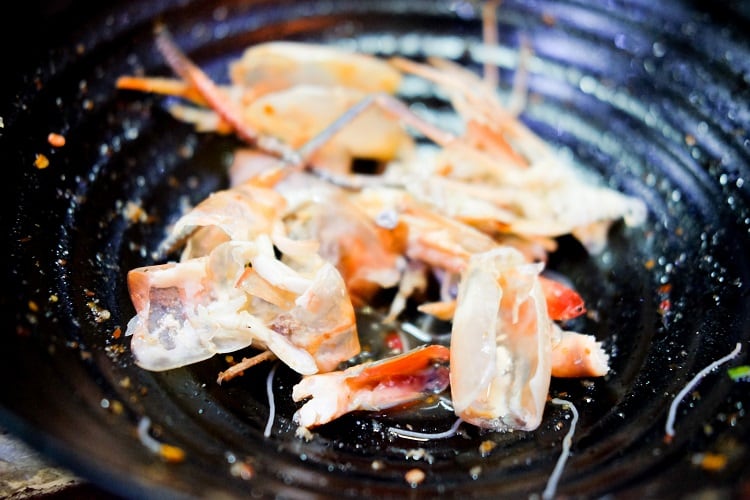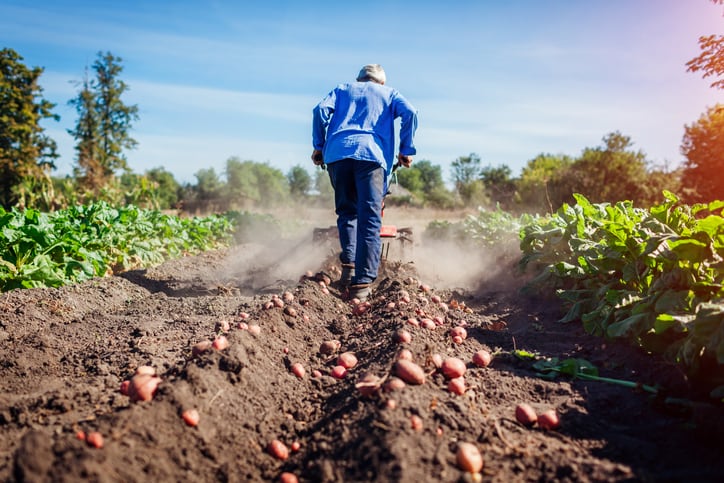The development of circular manufacturing models that minimise waste and make the most of production by-products is seen, by many, as an important win in the journey towards a more sustainable food system.
To address the nutritional needs of the growing global population – without exhausting our land and water resources – will require food waste to be delt with. Currently around one-third of the food produced globally is never eaten. While in developed markets most food waste occurs at a consumer level, industry players are keen to find new uses for waste within their own production cycles.
“This idea of creating whole food production is really taking hold with the corporates and the start-ups who are trying to [develop] those solutions,” Anne Greven, Global Head of Food and Agribusiness Innovation on The FoodBytes! platform at Rabobank, told the audience at the recent online event, Too good to waste: Upcycling solutions for a more sustainable planet.
Greven pointed to the use of cocoa pulp as a sweetener as case in point. In 2019, Nestlé unveiled a new chocolate recipe that replaces refined sugar with cocoa pulp as it begins to explore the possibilities of side-stream utilisation to reduce food waste. Meanwhile, start-up Koa is repurposing the pulp and juice of the cocoa fruit for food and drink manufacturers, with the likes of Swiss chocolatier Lindt and Italian confectioner Venchi among the brands incorporating upcycled cocoa fruit into their products.
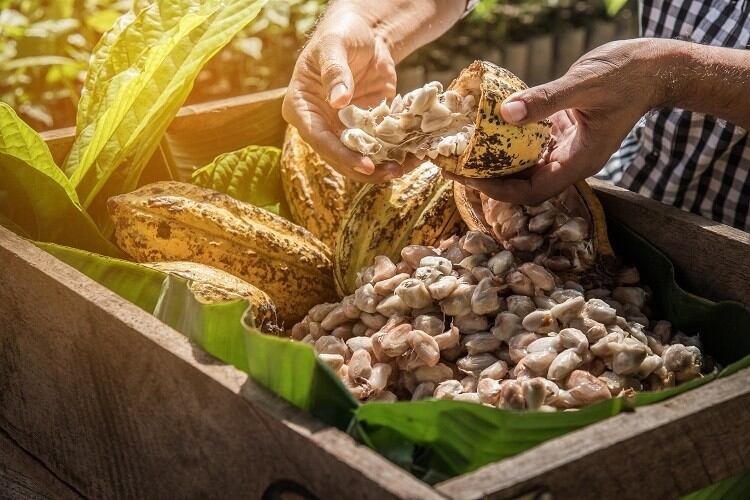
Greven also noted growing appetite from investors. “The investor community believes this is going to drive real returns… Year over year we are seeing increased funds going to venture capitalists who want to invest in upcycling. In 2019 we saw about 50m invested in upcycled start-ups but in 2020 we are seeing about 100m.
“People believe this has the potential to unlock value and drive not just returns for companies and investors, it is where the consumer and the food system needs to go to solve these bigger sustainability issues.”
Extracting maximum value for a double win
For Juan Guzman, CEO of biofermentation start-up Capro-X, the sustainability and economic cases for developing new up-cycling technologies are compelling. Speaking at the same event, he stressed the potential on offer to develop high-value products out of currently ‘undervalued’ production waste.
“If it’s still food grade, there is a tonne of value to extract… There are lots of opportunities to extract more value from massively concentrated food production systems that are typically undervalued and sent to fields for fertilizer or animal feed. That can still provide a lot of nutrition for humans in high value applications before they have to go to low-value product streams.”
Capro-X, a Cornell spin-out, leverages bio fermentation to turn waste from the dairy production process into chemicals, including a sustainable alternative to palm oil.
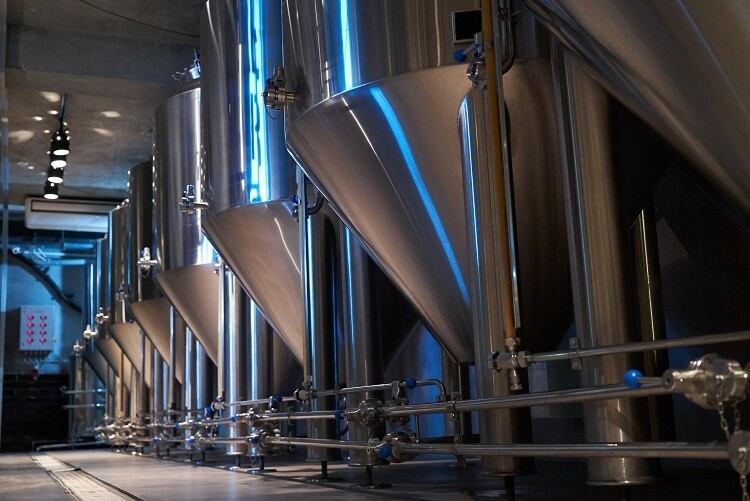
Kaitlin Mogentale, founder and CEO of consumer-facing brand Pulp Pantry, agreed. She believes that innovative approaches, often originating from start-ups, are a key unlock to maximising value extraction. “R&D plays a key piece… making sure good food is going to the highest purpose, which is people.”
US produce business Bolthouse Farms operates an integrated supply chain that allows it to ensure minimum waste between farm and fork. Strategic Initiatives Director Gio Scalzo explained that this approach is shaped by the economic benefits of increased efficiency and by the question ‘how can we get more nutrition into people’s hands using that by-product?’
Bolthouse’s answer is to make the most of the produce it uses: “We turn carrots into baby carrots; the shavings from that become juice, carrot concentrate and fibre,” Scalzo explained. Carrot tops are returned to the fields to build soil health.
Nevertheless, Scalzo continued, he believes the company – and the industry – have still only ‘scratched the surface’ when it comes to side-stream utilisation. Looking at Bolthouse’s production system, he elaborated: “There is still some extra [waste] we’re working out exactly what to do with. Using the entire carrot is going to be really important for us in the future.”
'You need buy-in from everyone'
Scalzo stressed the central role that collaboration between start-ups and corporates will play here, noting that for a mid-cap like Bolthouse specialist companies can bring a fresh perspective to the food waste issue. “Partnering with companies focusing on one issue… is really the approach we take. We want to be as accepting and innovative as we can in working with start-ups.”
TJ Galiardi, Co-Founder and CMO of Outcast Foods, noted that collaboration is also required between players at different stages of the supply chain. Outcast has developed a processing method that takes produce that would be wasted at the farm-gate due to cosmetic or other issues and turns it into powders that can be used in food formulations or nutritional supplements. For this model to work, engaging partners at all levels of the supply chain is necessary, the co-founder noted.
“You need buy-in from everyone. Without the multinationals writing you a cheque for 10m pounds of broccoli powder, that 100m pounds of [fresh] broccoli is still going to waste.”
Acceptance is also vital at a consumer level. And here, responses to the concept of up-cycled food are mixed.
Pulp Pantry’s Mogentale believes that there is an expectation among consumers that brands need to take on food waste. “People are aware of food waste being a huge problem and responsibility hasn’t shifted to the consumer level. A lot of consumers are looking at brands… and saying ‘you are the problem, you fix this’.”
However, ahead of its launch into Target, Pulp Pantry did some research into consumer perceptions of its branding. Given the consumer desire for industry to tackle food waste, the results might be somewhat surprising. “We did a survey with over 1,000 consumers… We asked them what they thought about our packaging and messaging – upcycling was front-and-centre. The number one negative comment was upcycling sounds ‘disgusting’.”
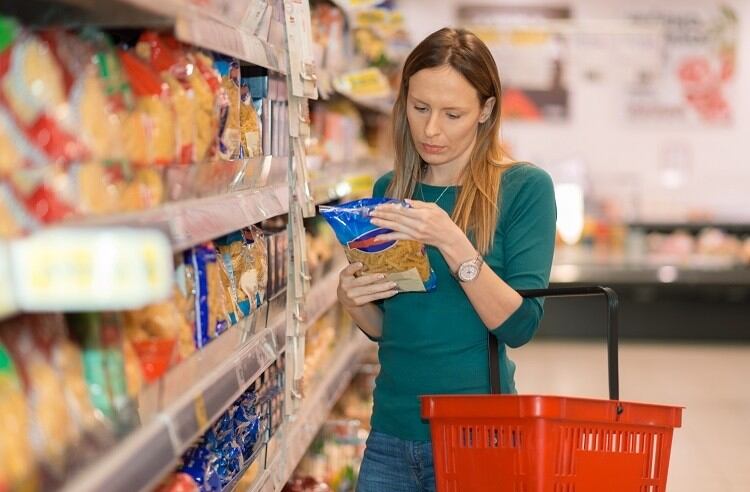
So, if the term upcycling is off-putting to consumers, what are the alternatives?
Mogentale continued: “The challenge for all of us bringing consumer brands to the market is how do we share the behind-the-scenes story? The quality of by-products? This wasn’t just food that was going to landfill because something was wrong with it.”
Here, she believes digital story-telling will be crucial. “We live in a digitally enabled world. The most powerful story-telling tools we have are the visuals.”
Greven agrees that a shift is needed in the language used to discuss upcycling, moving from a conversation around ‘waste’ to focus on unlocking the inherent value of the raw material. “It is about a whole food movement. Using all the food [input] to make consumable products.”
To view the full FoodBytes! by Rabobank webinar on demand, register HERE.

